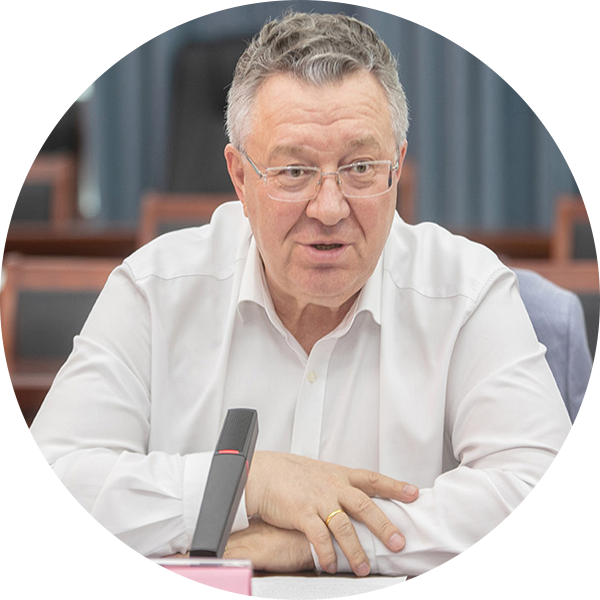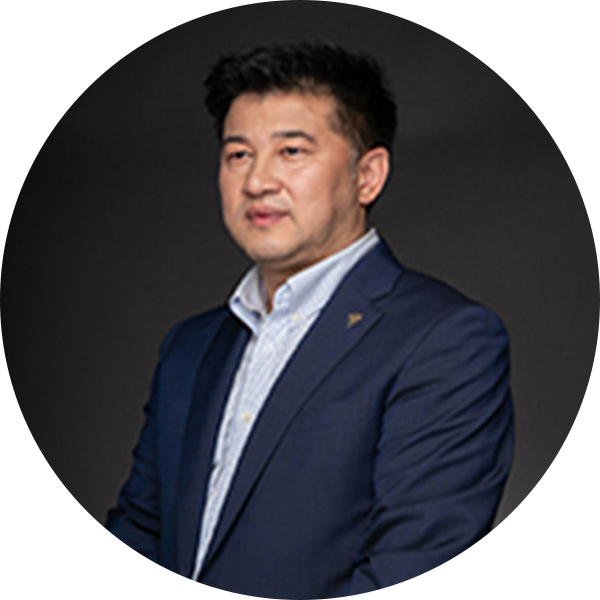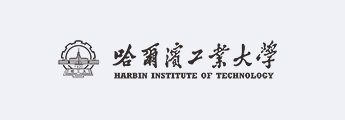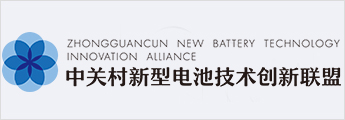Service field
A high standard, high-tech, and international innovative research and development platform


动力电池与关键材料


人工智能与核心装备


船体设计与海洋科考


增材技术与材料


产品优势及市场应用


科研平台与研究中心
About Us
The research institute adheres to the concept of honesty, integrity, openness, and innovation, providing first-class teaching and research platforms for domestic and foreign industry technology workers, and providing first-class services for industry enterprises.

The Changxing Sino Russian New Energy Materials Technology Research Institute and the Zhejiang Sino Russian Engineering Technology Research Institute are located in the "New Energy Innovation Service Complex" of Huaxi Functional Industrial Zone, Changxing County, Zhejiang Province, and the "Digital Health Town" of Yuhang Future Science and Technology City, Hangzhou, respectively. It is a Sino Russian scientific and educational research base jointly established by the "St. Petersburg Peter the Great University of Technology" (СППУ) and well-known domestic and foreign universities such as the Russian Academy of Sciences, Far Eastern Federal University, Zhejiang University, Harbin Institute of Technology, Hunan University, Central South University, and Zhejiang University of Technology. It is the first Russian university graduate degree authorized in China, specializing in the synthesis and modification analysis of functional materials, research on new batteries and related materials, functional materials and high-quality alloy powder materials with high sphericity and additive technology
Team Introduction
Customer, attentive service

ANDREY RUDSKOY
academician
Clinical Medicine/Medical Research/Pharmaceutical Experience/Innovative Drug Projects

POPOVICHANATOLI
professor
Experience in the pharmaceutical industry/pharmacological efficacy/safety evaluation/clinical trials

Wang Qingsheng
professor
Medical research/pharmaceutical industry experience/safety assessment/clinical trials
cooperative partner
news information
No data














